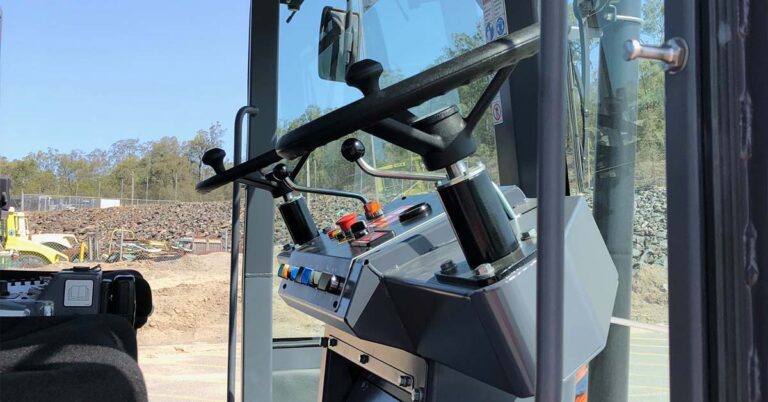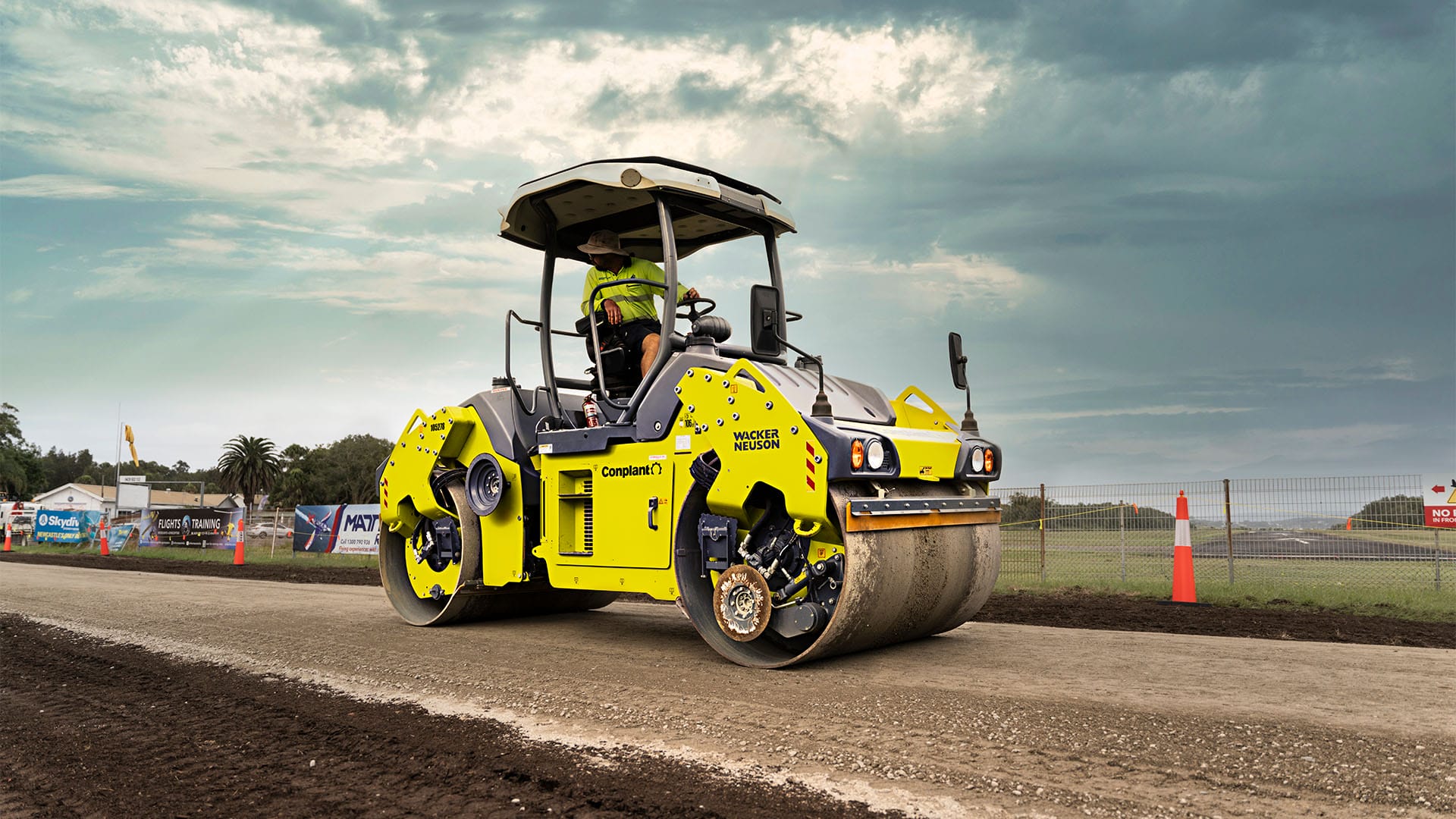Minimise On Site Vibration with a Static Three Point Roller
There are some Australian worksites where you’re not able to utilise vibratory rollers, but still need high compaction efficiency. These are often within close proximity to high rise buildings, on bridges and near railways. A Three Point Roller, or a Static Three Point Roller, is your best bet in these circumstances.
Three Point Rollers have traditionally been used for asphalt and soil compaction (for the compaction of thin, granular or semi-cohesive soil). They are most commonly used for proof rolling and are often used in conjunction with a multi tyre roller.
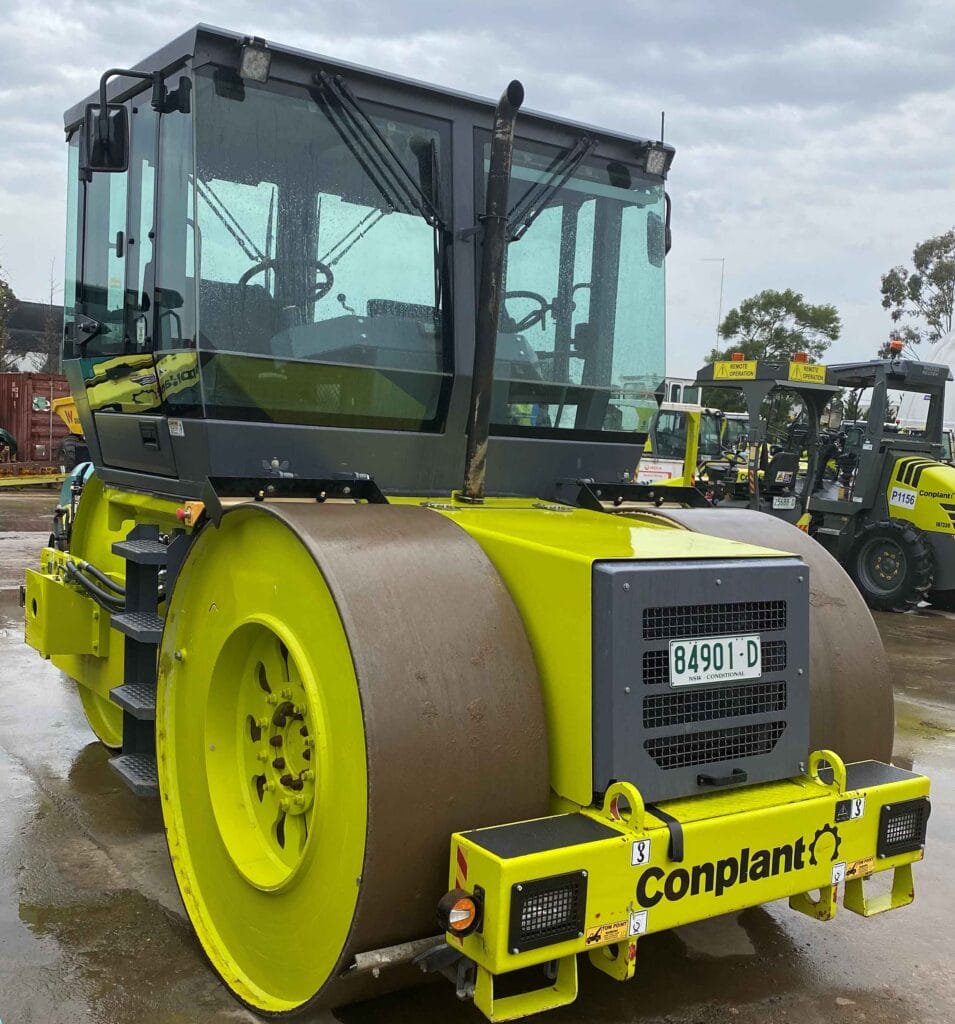
How does a Three Point Roller compact?
These rollers compact the ground through a kneading motion, as well as through pressure (as opposed to vibration). The static rolling used by these machines relies upon the weight of the unit and the overall liner load — in other words, they compact the ground through weight.
Historically, the Three Point Roller had two versions — a two drum version and a three drum version (the more traditional version). These rollers had two large driven drums on the back and a smaller drum on the front that was used for steering. There is however a new range of models being produced with three large driven drums (all the same diameter) as well as those with articulated steering.
The Static Three Point Roller compacts various soil types into a flat foundation, ensuring that the final surface can be laid accurately and smoothly.
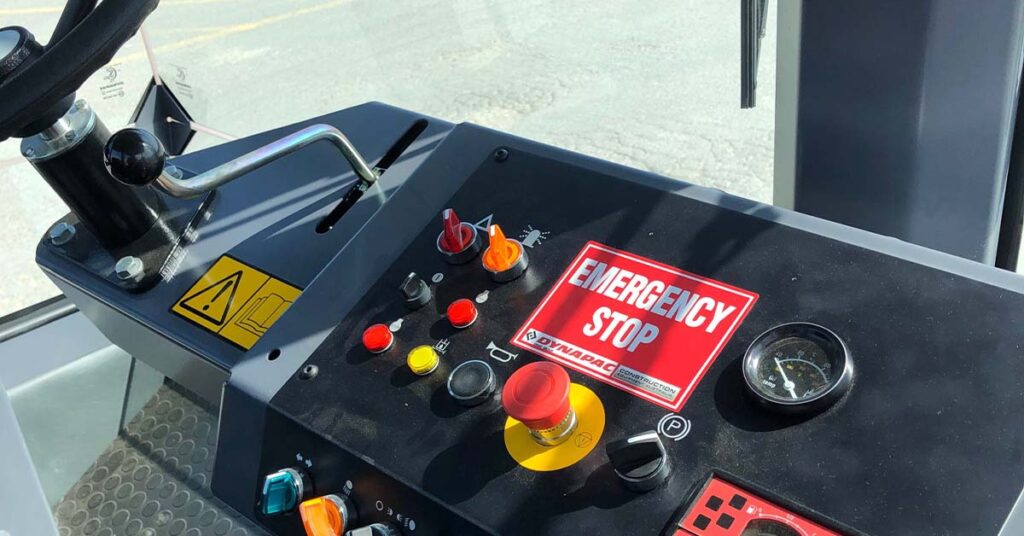
Ideal locations for a Three Point Roller
All civil construction sites are going to have their ideal machinery, and it always comes down to the type of site you’re working on.
Because a Three Point Roller works by applying pressure rather than vibration, they are great for locations where you need to minimise the use or impact of vibratory rollers, including:
- Night works
- Close to buildings, particularly high rise
- On or near bridges
- Above essential services
- Around historic buildings/sites
Our civil construction customers also tend to use these rollers in situations where there are objections to standard compaction. This includes situations where there is:
- An increase in load bearing
- A reduction in air void content
- Improved surfaced ride ability
- Resistance to rutting and cracking
- As well as an increased life cycle cost (including a reduction in ongoing maintenance)
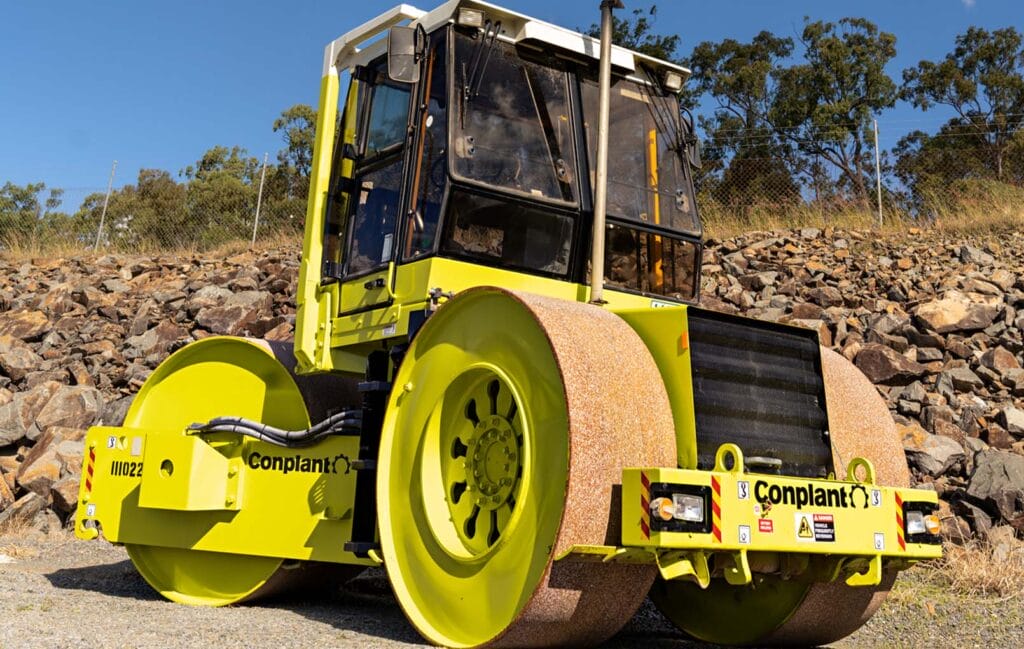
What type of soil can be compacted with static rollers?
As well as location dependency, different types of soil will require compacting by different machinery, mostly depending on the type of soil, but factors like the air temperature can also come into play.
Static rollers work best on:
- Well-graded sand
- Gravel
- Crushed rock
- Asphalt
They tend to be used to finish the upper surface of the soil (as opposed to being used for the compaction of uniform sands), as well as the compaction of asphalt from 25 to 50mm thickness. They are best used on soils that don’t require a lot of pressure to achieve compaction.
If you want a great finish, our recommendation is to attach drag brooms to the roller — you’ll certainly notice the difference. The roller applies the pressure to the soil while the drag brooms correct those small aggregate deficiencies.
Conplant has more than 1000 rollers available to hire, which means no matter what you’re after, we’re likely to have the right machine for your project. With our comprehensive range we can meet your civil infrastructure project requirements.
If you’ve got any questions about Three Point Rollers, or any other compaction or construction equipment, give us a call on 1300 166 166. Find a branch near you — we’re always here to help!
